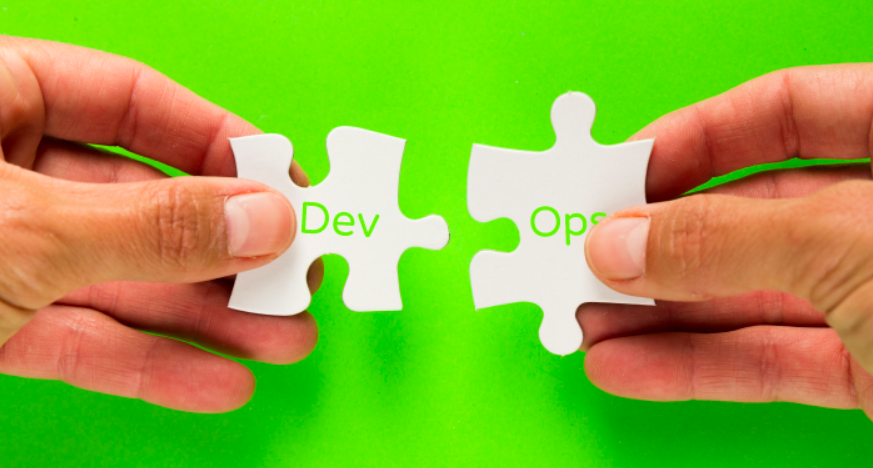
In 2025, the promises of DevOps streamlined processes, faster delivery, and reduced friction between development and operations—still seem elusive for many. Despite a decade of evolution and countless new tools, DevOps practitioners often face challenges that seem to defy its very principles. Let’s delve into why DevOps remains a fragmented, exhausting, and costly landscape, and what could be done to address these issues.
One of the most cited frustrations in the DevOps community is the overwhelming number of tools required to manage modern software delivery. From Terraform and Kubernetes to Jenkins, GitHub Actions, Helm, and ArgoCD, the stack is growing at an unsustainable rate. Each tool addresses a specific problem, but they also introduce new complexities, dependencies, and failure points.
The Unix philosophy of modular, specialized tools may have inspired this approach, but the practical outcome often feels like trying to assemble a puzzle where every piece changes shape weekly.
No single tool can address all the requirements of DevOps work, but the lack of cohesion leads to fragile systems and skyrocketing maintenance costs. This tool sprawl is further compounded by the trend of adopting new technologies often driven more by “resume-driven development” than organizational need.
The mental toll of managing fragmented ecosystems is immense. DevOps engineers are frequently on-call, fixing brittle pipelines, troubleshooting infrastructure issues, and staying updated with ever-changing cloud provider offerings. It’s no wonder burnout is rampant.
Organizations often reward drama and last-minute saviors but rarely recognize those who prevent the need for such rescues in the first place. This focus on quick fixes over long-term stability exacerbates the burnout problem.
Automation was supposed to be the answer to DevOps inefficiencies, but for many, it’s simply shifted the chaos. Infrastructure-as-Code (IaC) is great until you encounter Terraform state issues. Pipelines “just work” until debugging a failed deployment feels like solving a murder mystery with no clues.
Some companies have adopted GitOps, only to discover that configuration drift and unsynced states create their own headaches. This raises a critical question: are we automating complexity instead of eliminating it?
Beyond tools, many DevOps challenges stem from organizational culture and leadership. Large enterprises often impose rigid governance models, which, while aimed at improving efficiency, lead to delays, frustration, and loss of velocity. Conversely, startups and smaller teams often embrace flexibility but risk creating fragile, undocumented systems.
Moreover, leadership often lacks a clear understanding of DevOps. Many middle managers and executives view DevOps as a silver bullet without grasping the cultural and systemic changes required to make it effective.
This fragmentation doesn’t just exhaust engineers it costs organizations millions. A bloated toolchain and inefficiencies result in wasted resources, delayed releases, and lost market opportunities. Research has shown that while elite DevOps teams deliver value effectively, the majority of organizations still struggle with basic bottlenecks.
Site Reliability Engineers (SREs) are uniquely positioned to tackle these challenges due to their focus on building reliable, scalable, and efficient systems. Here are some actionable strategies:
The challenges facing DevOps in 2025 are not insurmountable. By addressing toolchain complexity, fostering better cultural practices, and investing in people and processes, organizations can make meaningful strides. The key lies in understanding that DevOps is not just a set of tools or practices it’s a philosophy that requires continuous adaptation and improvement.
SREs, with their unique focus on reliability and scalability, have the skills and perspective to lead the charge. By prioritizing simplification, fostering a culture of stability, and leveraging platform engineering, SREs can help organizations achieve the original promise of DevOps: faster, more reliable, and less chaotic software delivery.
What’s your experience with DevOps in 2025? Have you found effective strategies to combat these challenges? Share your thoughts and let’s continue the conversation.
You’re one step closer to optimize your IT operations in the cloud.
